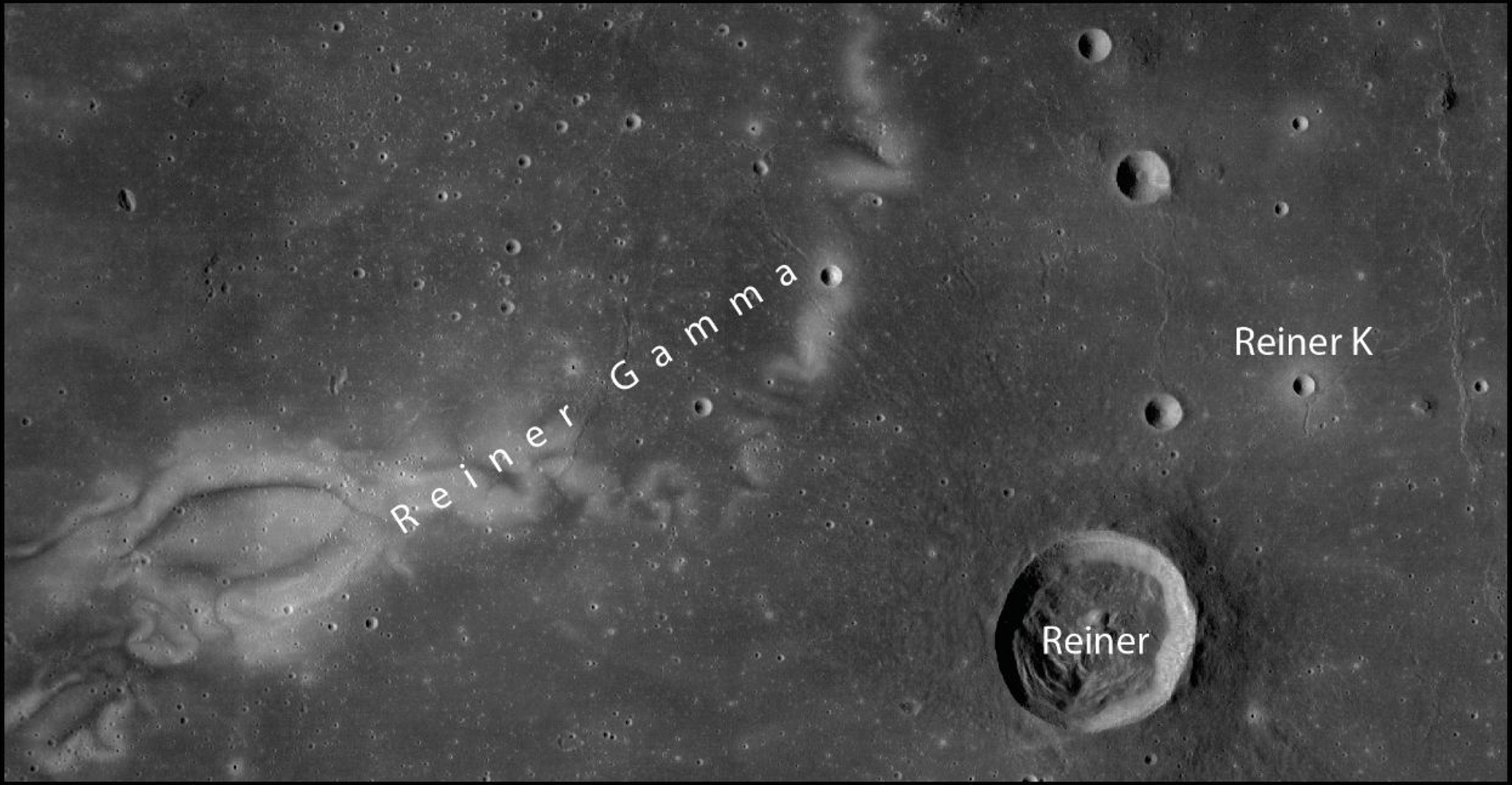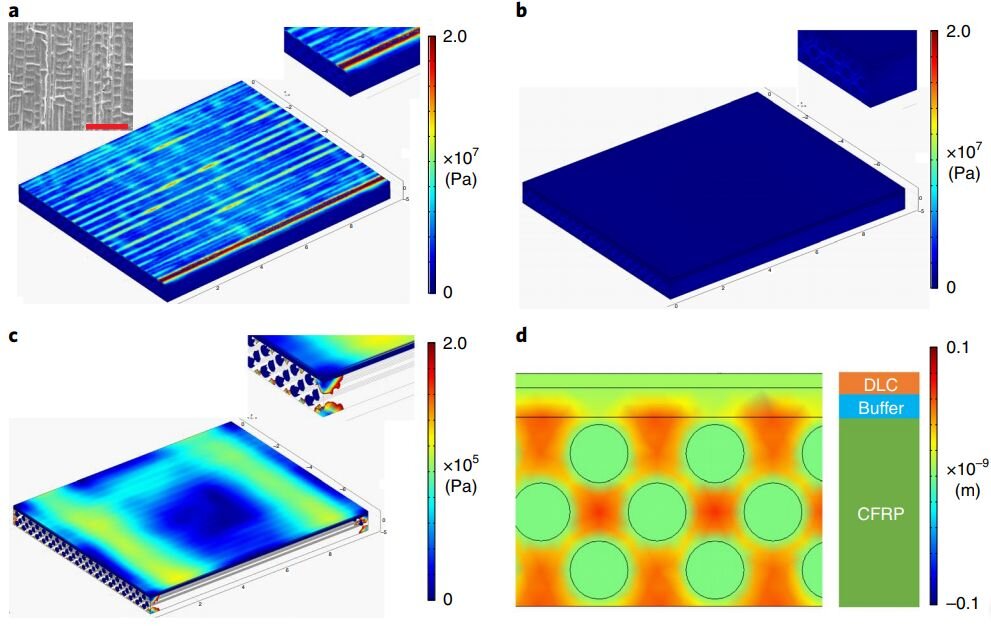
The moon is almost completely covered in dust. Unlike on Earth, this dust is not smoothed by wind and weather, but is sharp-edged and also electrostatically charged. This dust has been studied since the Apollo era at the end of the 1960s. Now, an international research team led by Dr. Ottaviano Rüsch from the University of Münster has for the first time discovered anomalous meter-sized rocks on the lunar surface that are covered in dust and presumably exhibit unique properties—such as magnetic anomalies.
The scientists’ most important finding is that only very few boulders on the moon have a layer of dust with very special reflective proper...
Read More







Recent Comments